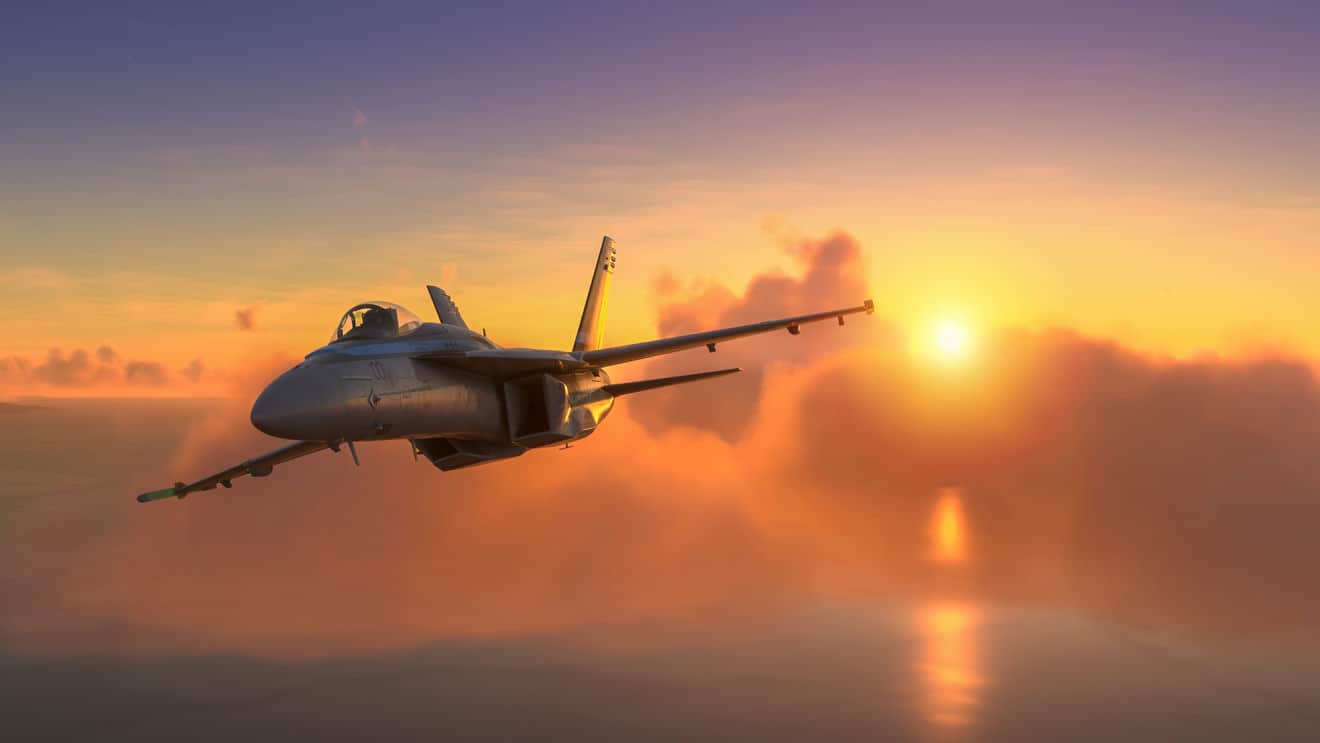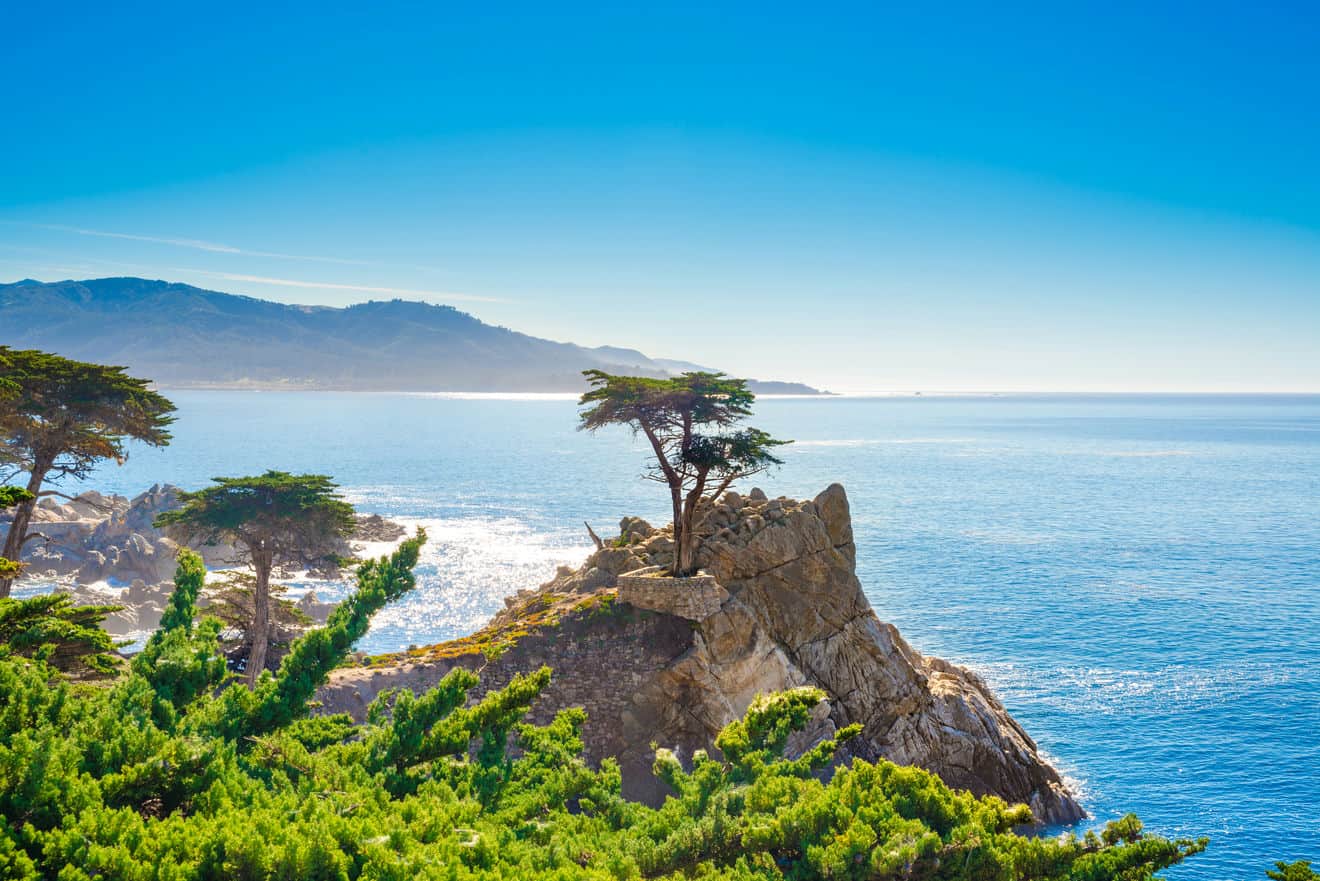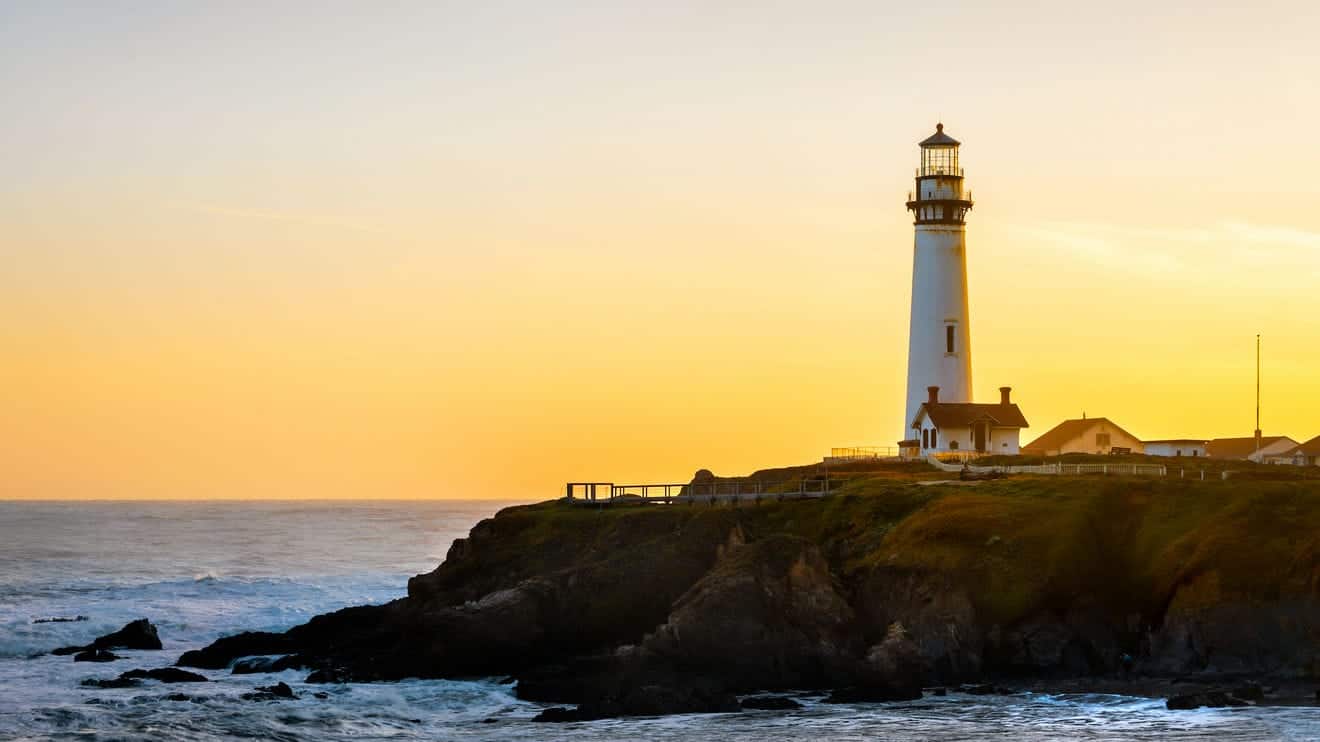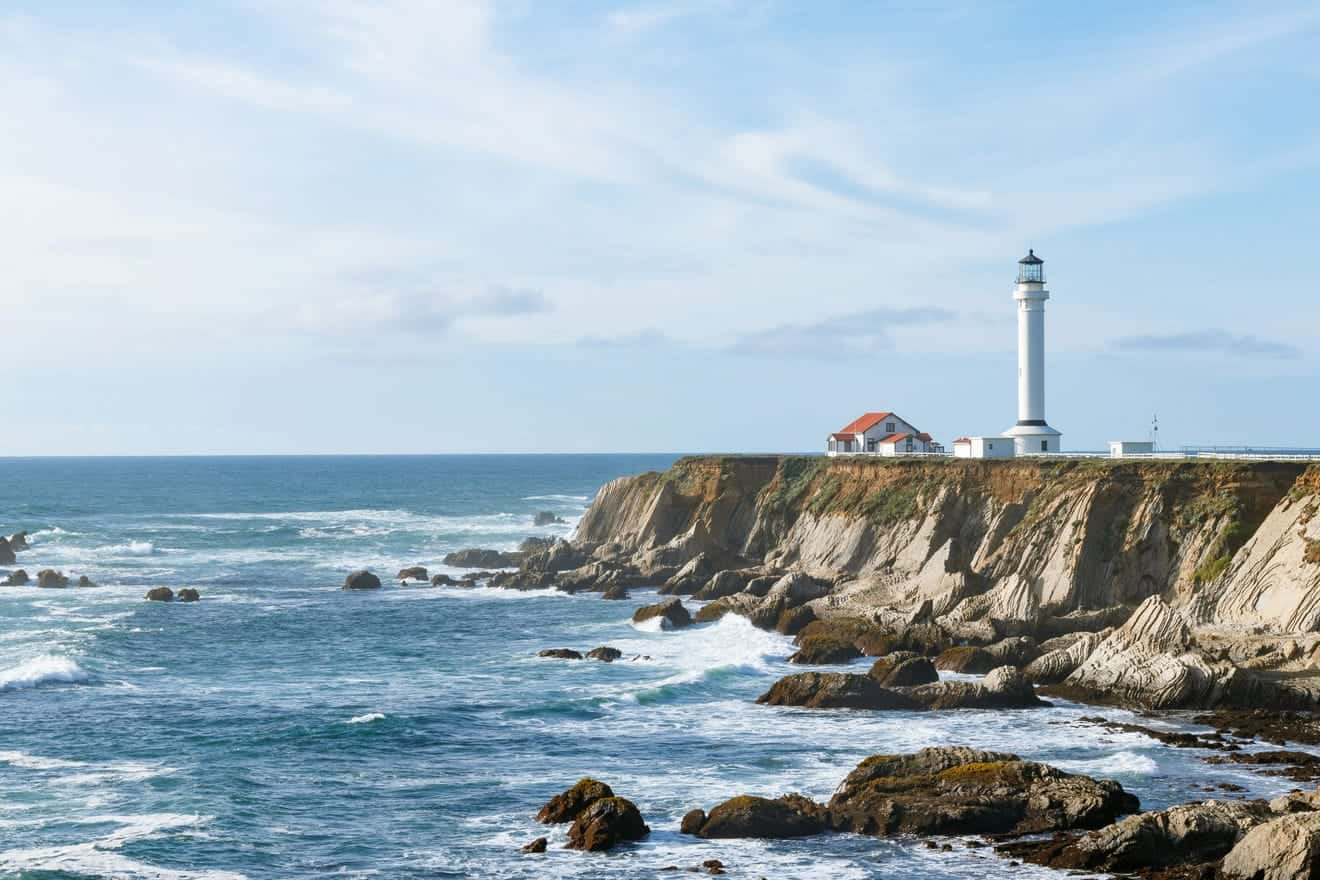With more than 35 million specimens and exhibits that tell the story of the Earth over 4.5 billion years, the Natural History Museum in Los Angeles is the largest natural history museum in the western United States. For museum lovers and those traveling with children, this is a must-see!
Contents
About the Natural History Museum Los Angeles
Founded in 1913 as the Museum of History, Science, and Art, over the years it has greatly expanded its premises by augmenting its collections with unique exhibits and creating interactive exhibits that both adults and children will enjoy.
The beautiful building with columns, marble and a majestic dome was its original home from the beginning and still retains its charm today. The building is listed on the National Register of Historic Places, America’s prestigious registry of historic homes.
The museum is associated with the La Brea Tar Pits in Hancock Park and the William S. Hart Ranch and Museum in Newhall. The common goal of the three museums is to “inspire wonder, desire for discovery and responsibility to our natural and cultural worlds.”
Directions
The Natural History Museum is located at 900 West Exposition Boulevard in Los Angeles.
If you are driving, you can park at the museum’s parking lot, which charges $12 for visitors, regardless of parking hours. The parking lot is located on Bill Robertson Lane, south of Exposition Boulevard.
If you are on the subway, take the Expo Line, Line E. The best stops are Expo/USC and Expo/Vermont; from both you can walk to the museum in about 4 minutes.
Tickets and Opening Hours
The Natural History Museum of Los Angeles is open Wednesday through Monday from 9:30 am to 5 pm. The closing day is Tuesday.
Admission is included in the Go Los Angeles Pass and costs:
- $15 for adults
- $12 for students and senior citizens
- $7 for children over 2 years old
Butterfly Pavilion and 3D cinema cost $6 respectively.
The museum offers various types of free tours included in the admission ticket every day:
- Gallery Exploration: daily at 1 p.m. The meeting point is the Dueling Dinosaurs. You will discover the stories and secrets behind the collections in the museum.
- Highlighting Research and Collection: daily at 2 p.m. The meeting point is the Grand Foyer. You will learn about the details of the great work done by researchers and scientists related to the museum’s various collections.
- Nature Walk: daily at 3:30 p.m. The meeting point is in the gardens, in front of the Nature Lab near the bridge. On this tour you will walk through the park to discover the animal and plant varieties found in nature.
Things to See
Inside the Los Angeles Museum of Natural History you’ll find three floors of permanent collections in addition to amazing temporary collections that are gradually being added to increase your knowledge of the world around us and what it was like before the arrival of man.
In spring and summer, the museum also offers a pavilion where you can admire common and rare species of colorful butterflies. In fall, on the other hand, you can observe various species of spiders in their natural habitat.
The insect zoo is another rather interesting area where you can discover the most diverse varieties of insects that inhabit our planet.
One of the most popular areas is the dinosaur section which is sure to delight many children. The Dinosaur Hall spans two floors and you will walk among 20 huge reconstructions of dinosaurs and marine animals that inhabited the Earth before their extinction. This is the only place in the world where you can see a newborn, juvenile and adult T-Rex selling up close the differences and actual size. In addition, you will find more than 300 fossils, and the excavation area will make you feel like a real archaeologist!
Three large galleries on two floors form the area called the African and North American Diorama Halls, where you will see large dioramas recreating the most common habitats in North America and Africa with wildlife specimens that you will feel like you are seeing live. And if you want to actually see live animals, you can do so at the museum’s Natural Lab.
The Gem and Mineral Hall offers visitors information and details about more than 2,000 minerals, stones, meteorites, and gems from around the world. You’ll be able to touch a meteorite and a petrified tree, as well as learn all about why California is called the Golden State: gold, gold, gold!
And if you want to discover the history, features, and development of the state of California in detail, don’t miss the Becoming Los Angeles area.
Where to Stay in the Area
The National History Museum of Los Angeles is located in Exposition Park, not far from LA Memorial Coliseum, the California Science Center, and the University of Southern California. We are southwest of Downtown and the area is dynamic and youthful. You will have no trouble finding accommodations in this area, but for more tips on staying overnight in the city, I recommend reading our article on where to stay in Los Angeles.






